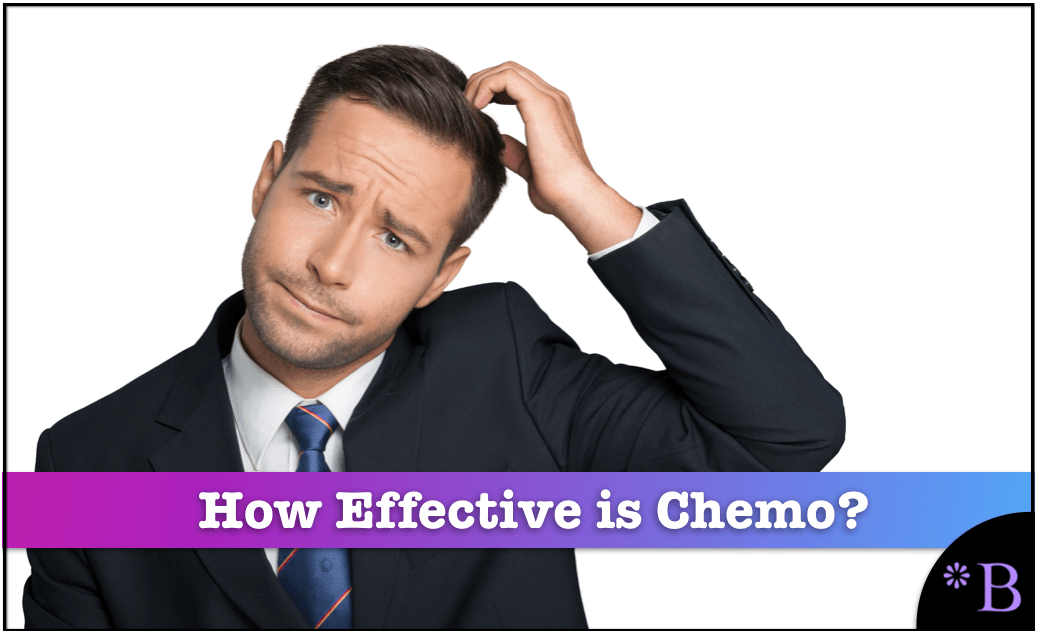The Testing Evidence for Adriamycin Chemotherapy
Executive Summary
-
Adriamycin is presented as effective against cancer by medical authorities and cancer centers.
- How accurate is this presentation?

Introduction
Adriamycin is a major chemotherapy drug.
What cancer centers, oncologists, and medical authorities don’t do is explain the actual effectiveness of Adriamycin for chemotherapy.
Common Side Effects of Adriamycin
The following quote is from Cancer Research UK, a biased website that is just a business development front end for the chemotherapy treatment business.
Increased risk of getting an infection
Increased risk of getting an infection is due to a drop in white blood cells. Symptoms include a change in temperature, aching muscles, headaches, feeling cold and shivery and generally unwell. You might have other symptoms depending on where the infection is.Infections can sometimes be life threatening. You should contact your advice line urgently if you think you have an infection.
Breathlessness and looking pale
You might be breathless and look pale due to a drop in red blood cells. This is called anaemia.Bruising, bleeding gums or nosebleeds
This is due to a drop in the number of platelets in your blood. These blood cells help the blood to clot when we cut ourselves. You may have nosebleeds or bleeding gums after brushing your teeth. Or you may have lots of tiny red spots or bruises on your arms or legs (known as petechiae).Tiredness and weakness (fatigue)
Tiredness and weakness (fatigue) can happen during and after treatment. Doing gentle exercises each day can keep your energy up. Don’t push yourself, rest when you start to feel tired and ask others for help.Hair loss
You could lose all your hair. This includes your eyelashes, eyebrows, underarms, legs and sometimes pubic hair. Your hair will usually grow back once treatment has finished but it is likely to be softer. It may grow back a different colour or be curlier than before.Sore mouth
It may be painful to swallow drinks or food. Painkillers and mouth washes can help to reduce the soreness and keep your mouth healthy.
The Establishment Explanation of Chemotherapy
This video explains how chemotherapy works and does explain some of the negative aspects of chemotherapy. However, anyone can propose a hypothesis of how the mechanism works — particularly after a treatment has been around for decades, it is not only the mechanism that must be explained, but there must be strong evidence that the treatment works. The proposed improvement explained in this video is primarily due to pharmaceutical companies rigging the math.
How the Reality of Chemotherapy is Hidden from the Public
The problems with chemotherapy became apparent nearly immediately after the discovery of chemotherapy — or the use of mustard gas as a treatment against cancer. This is explained in the following quotation.
“If one reads the literature of the time, there was a real sense of excitement that perhaps drugs could cure patients with cancer,” Vincent DeVita, Jr., the prominent oncologist, wrote of the first widespread use of nitrogen mustard as a chemother- apeutic agent. Sadly, after the drug was widely distributed and some time had passed, the excitement proved premature. The remissions induced by nitrogen mustard turned out to be brief and incomplete. The drug was able to”soften” the typically hard nodes for only a matter of weeks.
The cancer then sprang back to life, again packing the lymph nodes full of solid malignancy. It was a blow to the fragile, tantalizing hope for chemotherapy.
The euphoria was followed by pessimism, and the prospect of drugs affecting the outcome for cancer patients in any meaningful way was again shrouded in uncertainty.
However, not only is the origin of chemotherapy as mustard gas not explained to the public, but the apparent limitations of chemotherapy are also not explained.
Oncology Drugs Average of Less Than Three Months Improvement in Increased Lifespan
A 2017 paper published in JAMA Oncology presented some stunning conclusions. Of sixty-two new oncology drugs approved between 2003 and 2013, only 43 percent offered a survival benefit of three months or longer, 11 percent offered a survival benefit of less than three months, 15 percent had an unknown survival benefit, and 30 percent offered no survival benefit at all.
45% of Oncology Drugs Reduce Patient Safety
Furthermore, 45 percent were associated with reduced patient safety. A 2017 study published in the British Medical Journal (BMJ) that looked at the survival and quality-of-life benefits of forty-eight cancer drugs approved in Europe by the European Medicines Agency (EMA) between 2009 and 2013 reached similar conclusions: “This systematic evaluation of oncology approvals by
the EMA in 2009–13 shows that most drugs entered the market without evidence of benefit on survival or quality of life. At a minimum of 3.3 years after market entry, there was still no conclusive evidence that these drugs either extended or improved life for most cancer indications. When there were survival gains over existing treatment options or placebo, they were often marginal.”